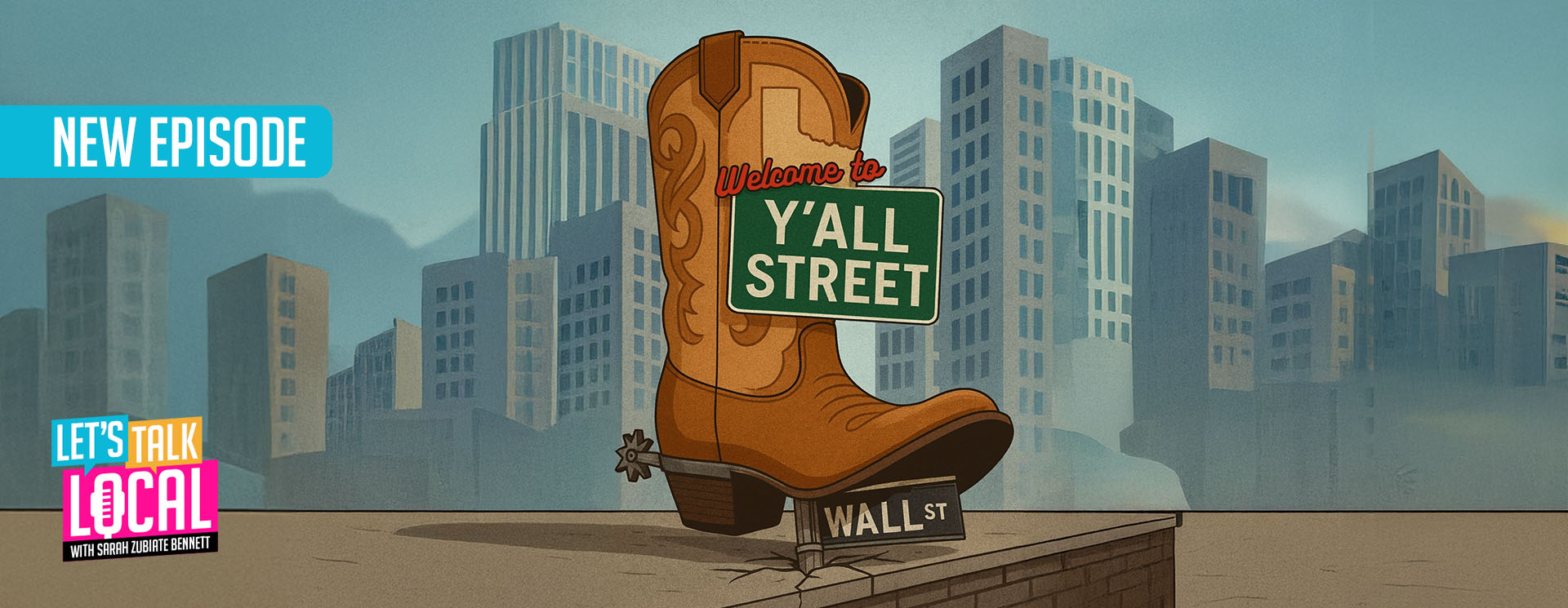Hopes of Baby Boomers returning to the workforce post-COVID may be all but dashed.
While the trend before the pandemic showed older workers delaying their retirement to save a bit extra, many today are leaving the job market earlier, and staying out.
This trend adds to a labor shortage that is keeping wages and inflation elevated, according to The New York Times.
Roughly 3.5 million people are missing from the labor force compared to what was expected based on pre-2020 trends, said Federal Reserve Chairman Jerome Powell during a speech last month.
Pandemic deaths and slower immigration make up part of the decline, but a large number of the missing workers — nearly 2 million — have retired, reported the NYT.
It appears unlikely these retirees will come back to work.
“My optimism has waned,” said Wendy Edelberg, director of the Hamilton Project at the Brookings Institution. “We’re now talking about people who have reorganized their lives around not working.”
The number of Americans ages 18 to 64 working or actively looking for work has normalized to early 2020 levels, and labor force participation from workers 65 and older has lagged well below its pre-pandemic level, seeing a decline of around 900,000 workers, according to the NYT.
Powell said there is a structural labor shortage in the market.
“Despite very high wages and an incredibly tight labor market, we don’t see participation moving up, which is contrary to what we thought,” said Powell. “Part of it is just accelerated investments.”
There are about 1.7 job openings for every jobless person in America, and wages have been rising at the fastest pace in decades as a result, according to the NYT.
In June 2022, CNN reported that full-time workers made 6.2% more year-over-year than in April 2021.
The employee gap may lead to further interest rate hikes from the Fed as it attempts to get inflation under control. With paychecks rising quickly, businesses facing bigger labor bills may pass costs along to their customers, according to the NYT.
Having fewer workers available “lowers the landing pad that the Fed has to lower the economy onto,” Edelberg said. “Because of what’s happened in the labor force, they just have to soften growth even more.”
It is not all doom and gloom, however. Monthly payroll numbers from the Labor Department show that companies continue to add jobs amid complaints about a worker shortage, according to the NYT.
“Listening to Jerome Powell talk about labor supply, he seems resigned to the idea that there’s nothing left,” said Nick Bunker, economic research director for North America at Indeed Hiring Lab.
“There are more workers out there who can get hired and want to get hired,” Bunker said.


